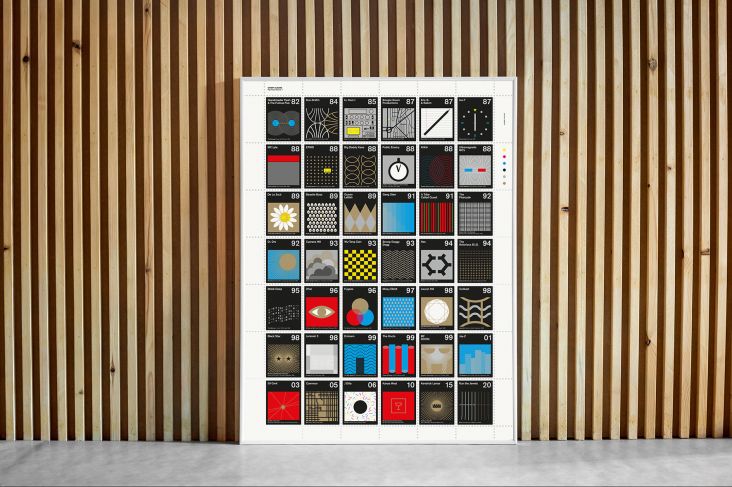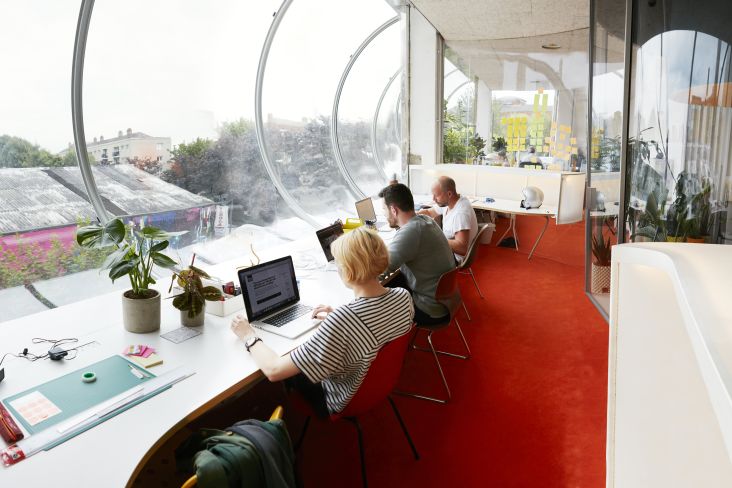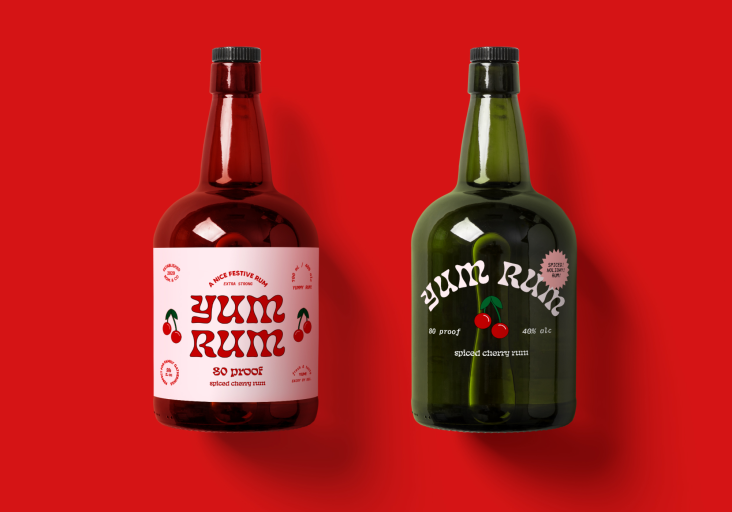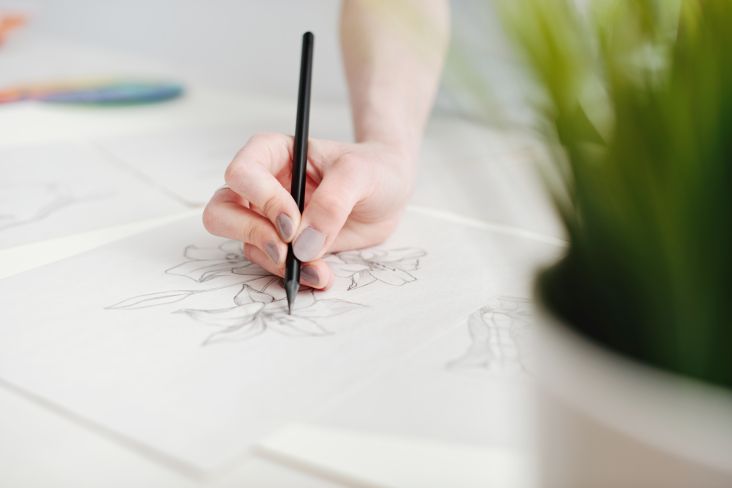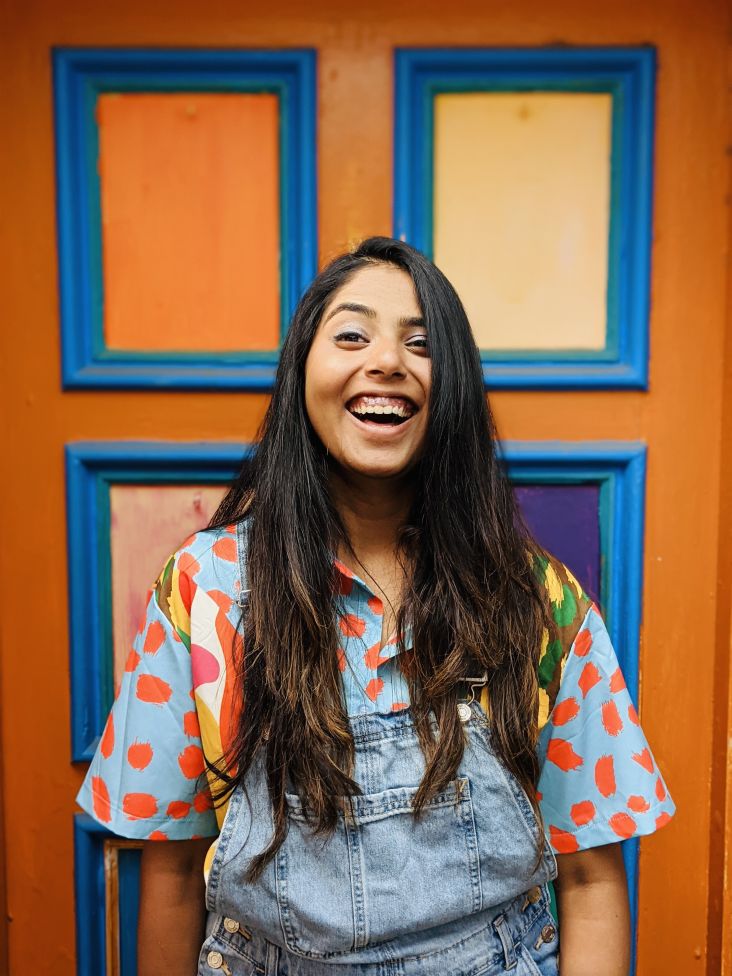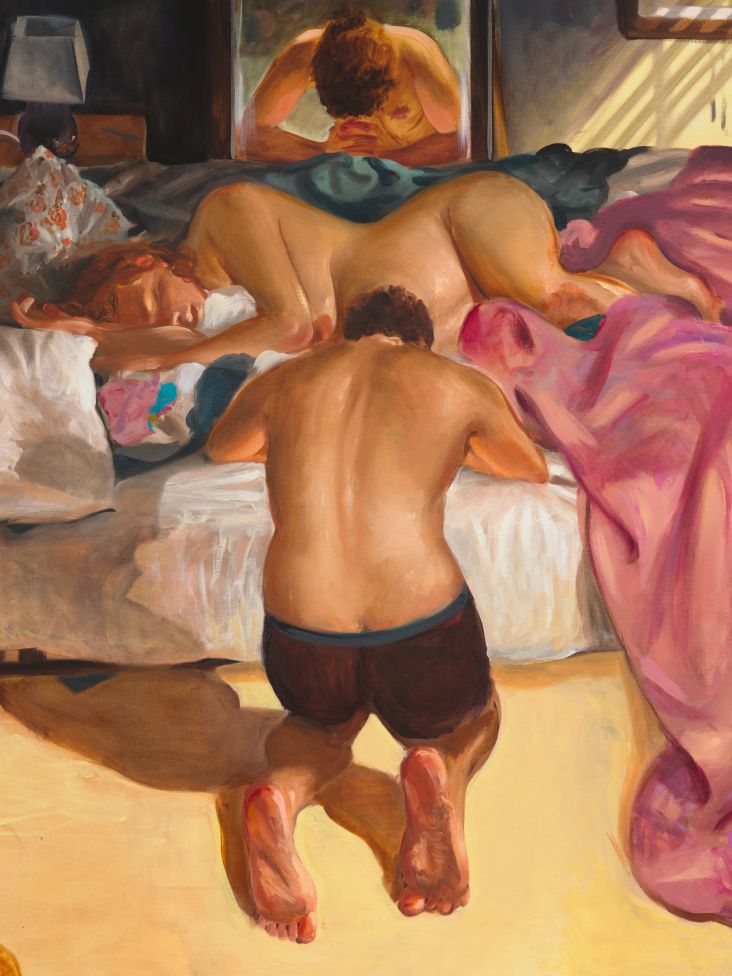Six ways artists can set up a successful stall at an art fair
As more of us get back to live events, in-person markets are returning as another brilliant place to meet people and showcase and sell your work. If you're participating in art fairs for the first time or just feel a bit rusty, we've put together a guide on how to set up a stall with the help of Glasgow Print Fair and some of the printmakers it works with.
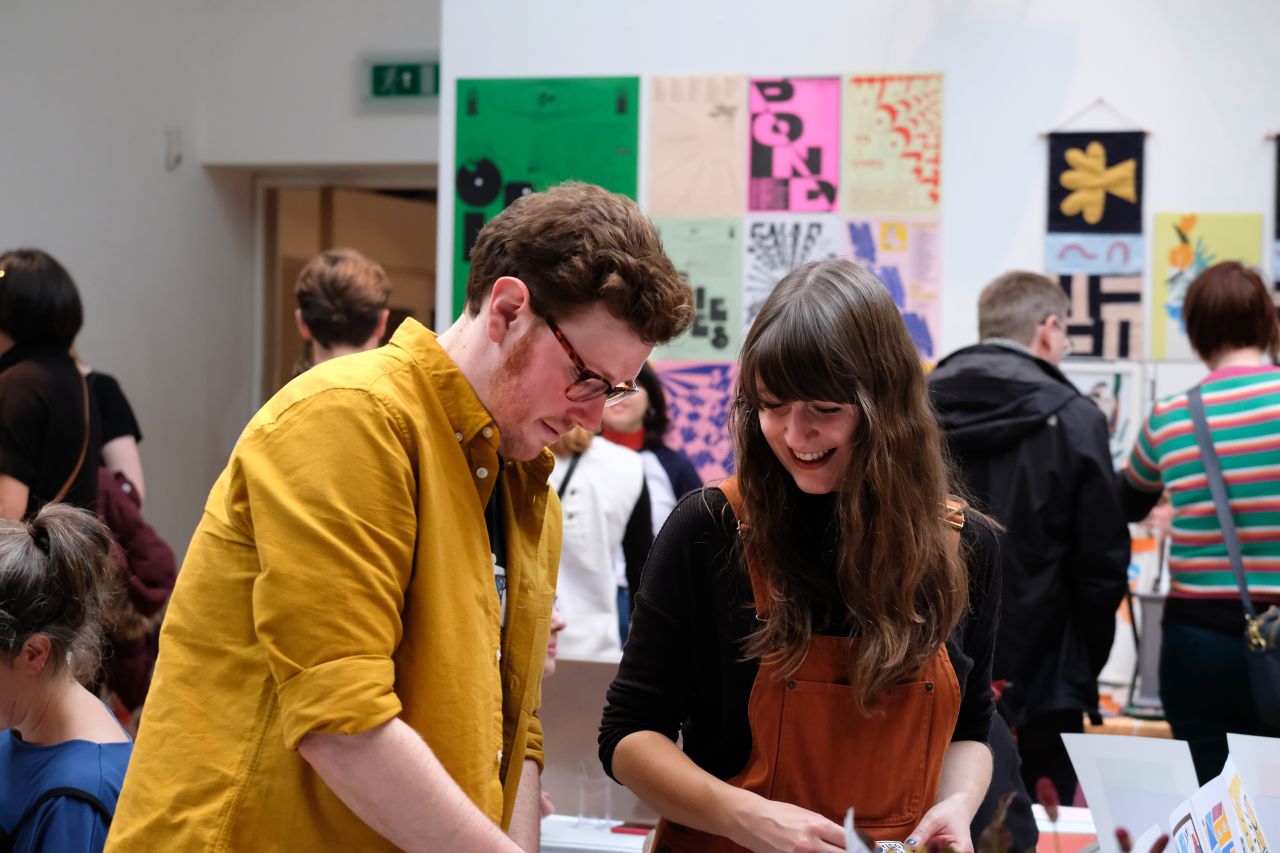
Glasgow Print Fair. Photography by Peter Byrne
Ahead of its return this November, Glasgow Print Fair has been swamped with enquiries from artists and designers keen to share and sell their work at the popular event. The not-for-profit organisation was founded in 2019 by local creatives Jane McDevitt and Kaye Symington to support Scotland's creative community.
Eager to help those newbies who need some advice on selling work at art fairs, Jane and Kaye approached Creative Boom with many helpful tips from themselves and some of their printmakers. These include Patrick and Lucy from Yuk Fun, illustrator Max Machen, visual artist Alan Campbell and UK-based illustrator Lizzie Lomax.
Together, they will no doubt help you think about how to choose an event to participate in, how to set up your stall and what to take with you (snacks feature predominantly). It's advice many of us will be happy to hear following the pandemic.
But first, how do you know if an event will be good for you?
Although it's never really possible to know until the day itself whether an event will be the perfect fit for you, doing a little research before signing up is worthwhile.
"Suppose it's an event that's been running for a while; look around and see if you know anyone that's attended previously," says Kaye. "Ask them about their experience – not just about sales, but whether or not the organisers were easy to work with. Whether they had an easy setup, whether the space was good, and what the footfall was like."
It's also worth asking what the atmosphere was like and what happened after the event – did they feel part of a community? And it's worth noting if any people you admire have been a part of the event previously because it will let you know if your work is a good fit.
"If it's a new event, take a look at any previous ones the organisers might have run and find out if they are local to the area," adds Jane. "If so, then they have a good chance of knowing the community and producing something that will be enjoyed there. You could even check out the branding of the event. Do they have a nice poster or website, have they put time and thought into it, and are they proactive in promoting their artists and makers?"
Another top tip is to check out the venue. Ask questions like, is it pretty easy to get to on public transport? Will there be good footfall from passersby? Is it all reliant on the organiser bringing people to the occasion?
All in all, there's a bit of risk in choosing which event to be part of, but Lucy and Patrick from Yuk Fun suggest that you could also use it as "an excuse to go somewhere new, so even if the event isn't great we still get to explore an interesting city".
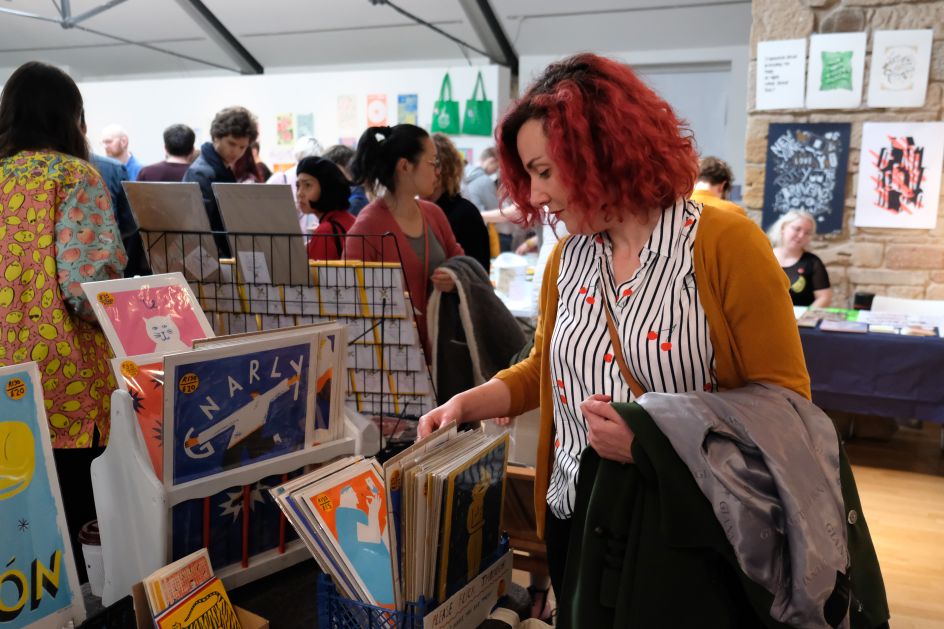
Glasgow Print Fair. Photography by Peter Byrne
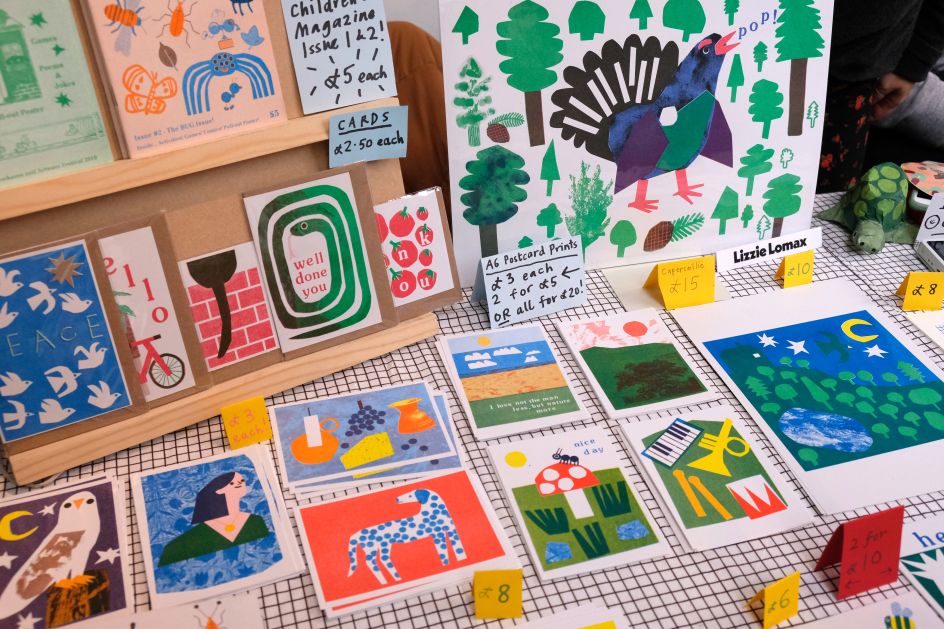
Glasgow Print Fair. Photography by Peter Byrne
What should you do before an event?
You've applied and been accepted, so what do you need to do now? If you've never been to an event like this, practice your setup at home. It will give you a good idea of what your table will look like. "That way, you can make sure everything looks great and also understand how much stuff you'll need," explains Kaye. Make a list of everything on the day, from signage to chargers (more on that later). "Practising your setup should help you see if anything is missing," Kaye adds.
A top tip from Max Machen is to plan far ahead, "I normally book train tickets and sort out a place to stay beforehand. The earlier these are booked, the cheaper they are".
Use this time to plan what stock you'll take with you and ensure you have enough of it. Alan Campbell suggests that once you find out what kind of space you have to work with at the event, "get your favourite and strongest pieces in the best places and work out from there. Don't bring anything you're not happy or proud of as weaker work takes away from the stronger".
"We also really appreciate when our stallholders promote that they're coming to the event," says Jane McDevitt. "It makes us feel like they are committed, and we get excited when people feel part of our community before they even walk through the door. It makes it special to meet people in real life for the first time."
What should you remember to bring with you on the day?
The printmakers Jane and Kaye spoke to were all pretty clear on the things that you need to have with you. Number one is "a card reader" because, as Alan explains, "before the pandemic, card sales versus cash was about 50/50. That's since changed, and cash has almost disappeared, so card machines have become indispensable."
Snacks and water played a pretty close second for recommended essential items. "If a market is really busy, you might not get the chance to slip away to get something, so it's good to have something to hand," advises Kaye. Lizzie Lomax also recommends taking a notebook to jot down your sales. "It sounds like an obvious one, but it's important not just to track what you've earnt, but also to see what sells better, and perhaps doesn't sell so well – then you know for future markets!"
Next, consider taking a table cloth or fabric, as most fairs will ask you to bring your own, and you don't know the quality of the table you'll get. "It helps to cover up any dings or scratches that might distract from your work," explains Jane. "You can also use it to bring a spark of personality to the table."
Others suggest taking business cards or printed materials with your details for people to take away. The top tip from Alan here is to keep them off the table: "It means you can have a nice interaction with someone looking for your information and prevent them from being collected and then ending up in a dusty drawer somewhere."
Finally, don't forget a charger or power pack to keep your phone and card reader fully loaded just in case there are no power sockets nearby. And, whatever you do, don't forget those snacks!
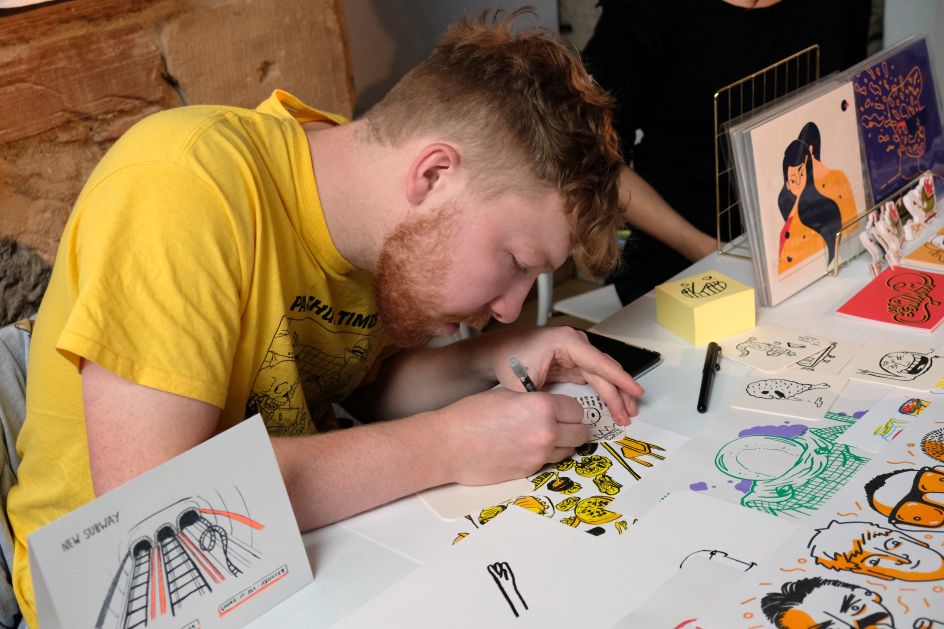
Glasgow Print Fair. Photography by Peter Byrne
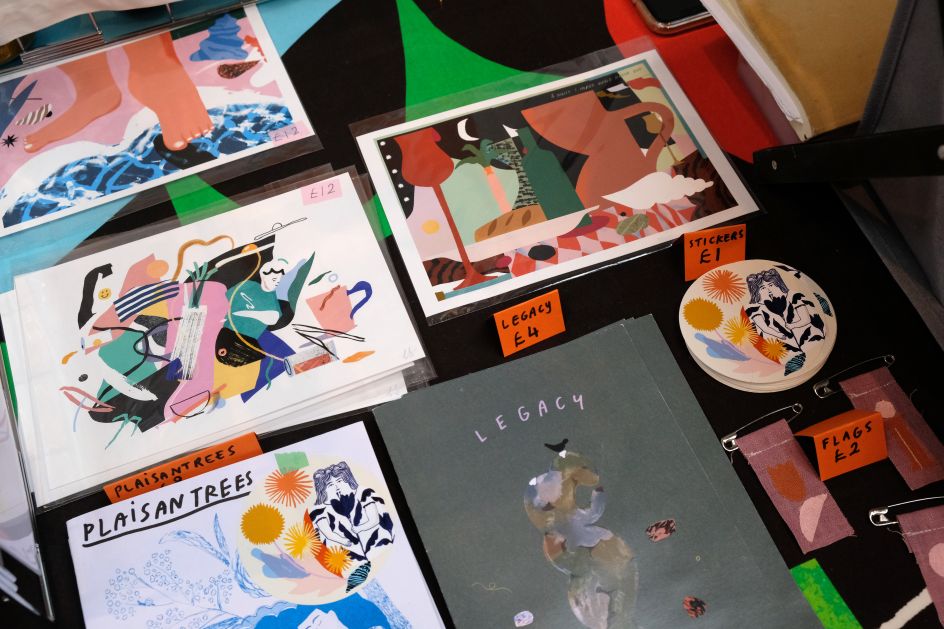
Glasgow Print Fair. Photography by Peter Byrne
How do you then entice people to your stand?
All of the artists agreed to add height to your table and think about interesting ways to display your work. "If you're able to put things on a wall behind you, even better, but worth asking organisers in advance to make sure that's a possibility," says Kaye. "At Glasgow Print Fair's first event, Alan Campbell built beautiful stands to display his work so that it didn't matter if he was near a wall or not. Max also made some cardboard print stands so that they fold down super easy for travelling but can be used to add height to his table."
Next, think about having a good price range of products so that there's something for everyone's budget from £1 upwards. Yuk Fun's experience is that some people might buy a small thing and then come back later or follow up online for bigger purchases. "We always ask for people to share their pricing with us to ensure we have widespread work available," explains Kaye. "We had some printmakers who had work at the higher end of the scale, and they were delighted to sell fewer prints but at higher prices – so it's worth considering your own pricing."
Regarding greeting people when they come over to your table, all artists mentioned being welcoming to visitors but not overbearing. "A nice smile and a hello to people having a browse are always nice," says Jane. "Different people have different tactics when people come to peruse their wares. Some like to be chatty with customers, while some like to just welcome them with a hello and then continue sketching. This is about your business, so whichever tactic suits you."
Post-lockdown, what things should you think about having at your stall?
What about this new world, not post-pandemic exactly, but how do we manage things now that we're back in the world again? According to Kaye, getting your card machine is the big one, then optionally, you might want to consider providing some hand sanitiser. "All the printmakers suggested having a mask with you. Some people are still wearing them or are vulnerable, so it's nice to be able to pop one on if it feels appropriate."
Alan Campell adds: "I think it's good to have hand sanitiser available. I have a few family and friends at high risk, so I'm still wearing my mask in public. Some people remain concerned even with relaxed restrictions, so I think it's good practice to give people space and be considerate."
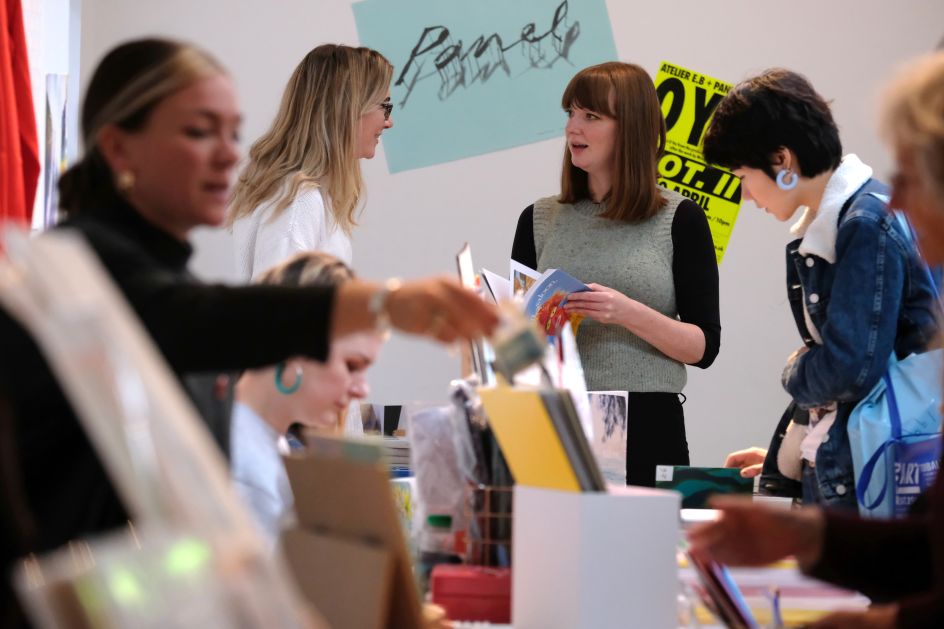
Glasgow Print Fair. Photography by Peter Byrne
What should people do following an event?
There are a few different things you can do afterwards. The first is to consider joining a few of your fellow stallholders for food and drinks. "The sense of community is so worth it; even if you're a bit tired after a long day, it will make it worthwhile," says Jane.
Lizzie Lomax agrees. "It's a great way to make friends you will likely meet again at future markets. The community and friendships you build from this are important and the main reason I like doing markets."
Next, what about the customers you met? "Why not post a 'thank you' note to everyone you spoke with and maybe even cross-promote some of the other sellers that you got along well with, or if their work was really interesting," says Kaye.
Finally, markets might be tiring, but they bring a lot of return on your investment. "They are long days, and you have to do lots of socialising, talking and interacting with people," Jane adds. "But it is all so worth it – not just for your career (and bank balance) but for the amazing people you'll meet and the community you can become a part of."
The Glasgow Print Fair is back to its original form – in glorious "real life" – this winter. Due to take place on 5 November 2022 at The Lighthouse in Glasgow for "one day of print-based fun", applications are now open for those who wish to take part. But hurry, the deadline is 29 July, so you haven't got long. To find out more, go to glasgowprintfair.co.uk.







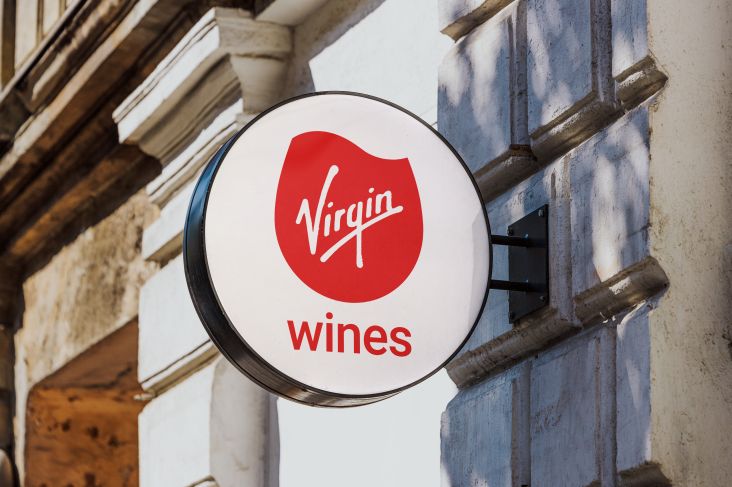
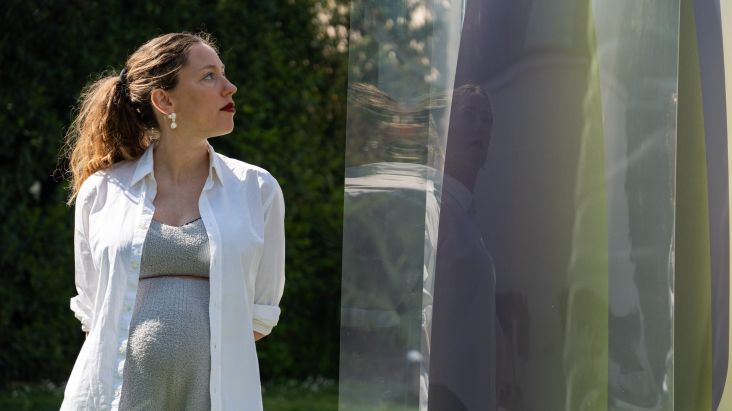
](https://www.creativeboom.com/upload/articles/86/862919952c0ad18439004228895a431dc6e45ffc_732.jpg)




